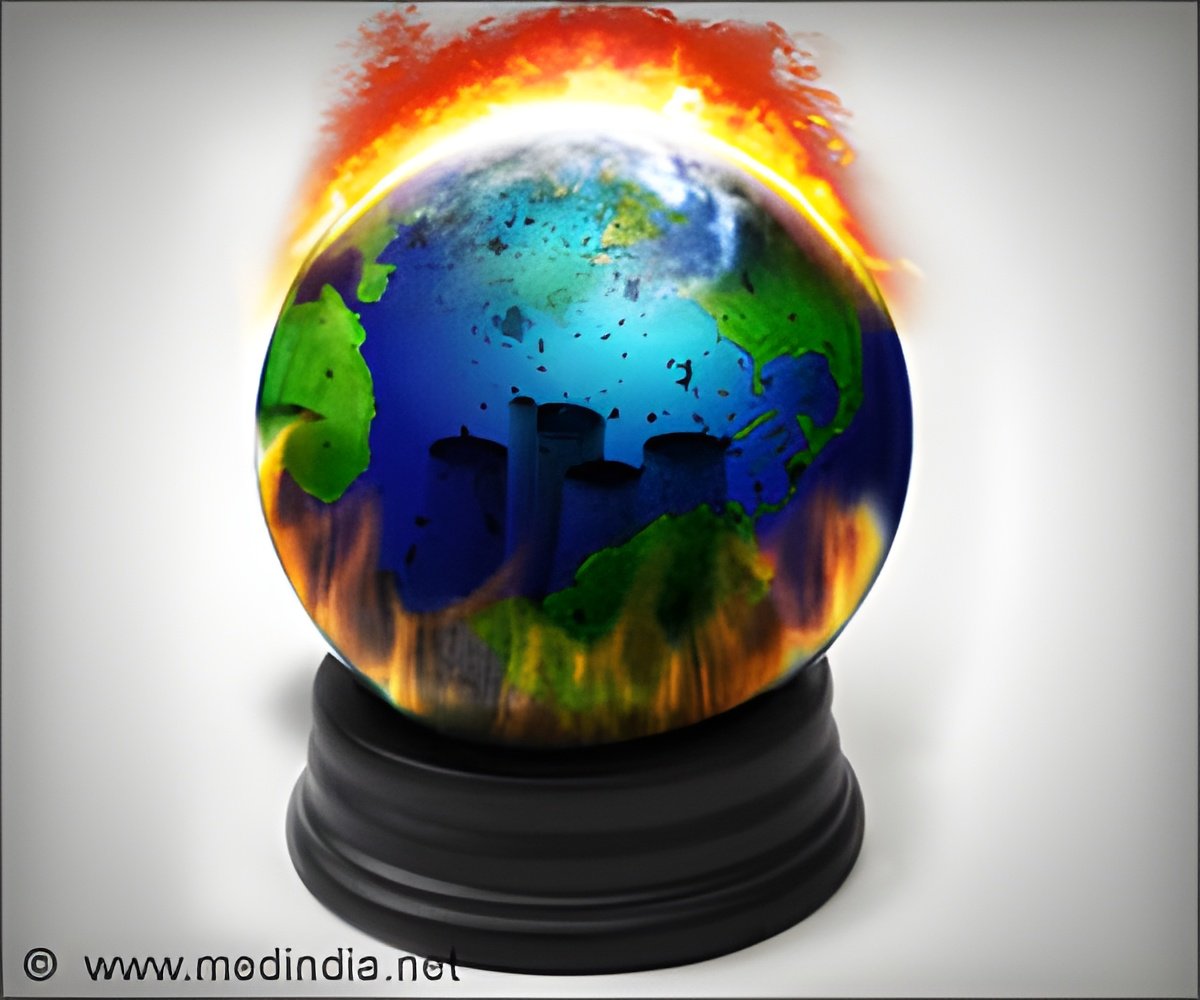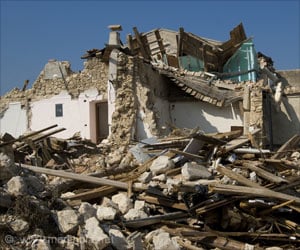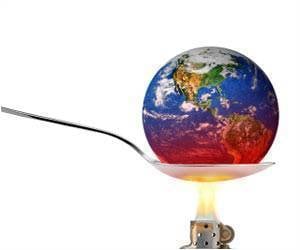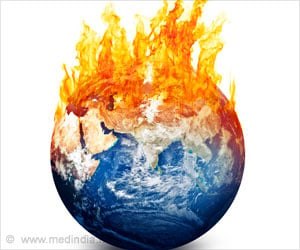Over the past 30 years, the storm speed in a hurricane has increased on average by 1.3 meters per second or 4.8 km per hour.

Prior to this research, there had been some discussions among scientists about how warmer ocean temperatures affected the intensity of a hurricane.
In the current study, the researchers wanted to further explore that concept as well as the number of storms that occurred each year.
Hurricanes can form when ocean waters are 79 degrees Fahrenheit (26.1 degrees Celsius) or more. As the warm water evaporates, it provides the energy a storm needs to become a hurricane.
Higher temperatures mean higher levels of energy, which would ultimately affect wind speed. The researchers said the yearly temperatures can also be a good indicator of what’s yet to come in a given storm season.
"In a warmer year, stronger but fewer tropical cyclones are likely to occur. In a colder year, on the other hand, weaker but more tropical cyclones (are likely to occur)," said corresponding author Namyoung Kang, deputy director of the National Typhoon Center in South Korea.
Source-Medindia
 MEDINDIA
MEDINDIA




 Email
Email





